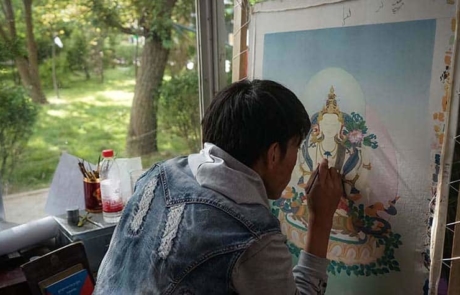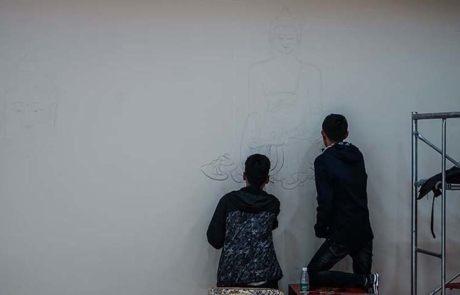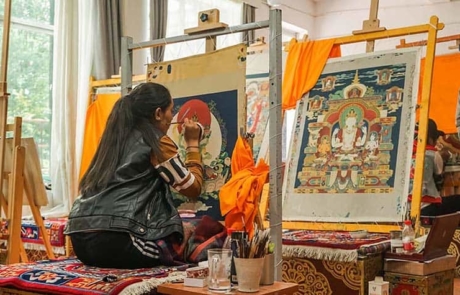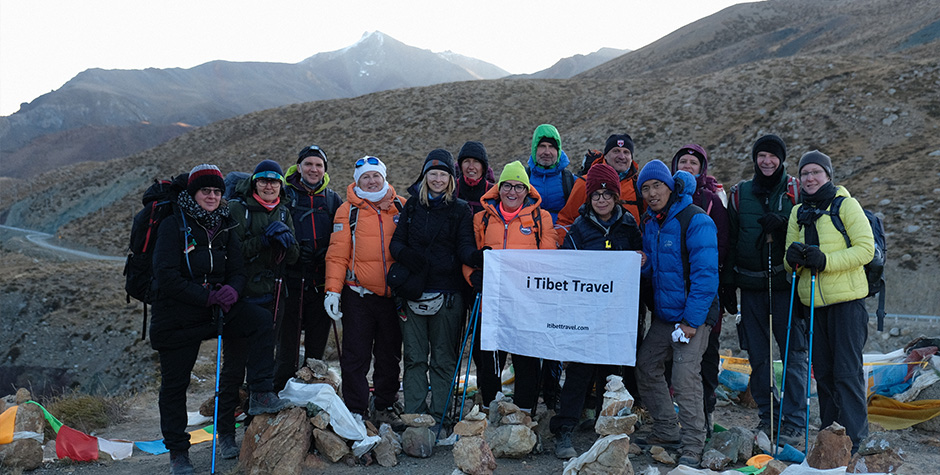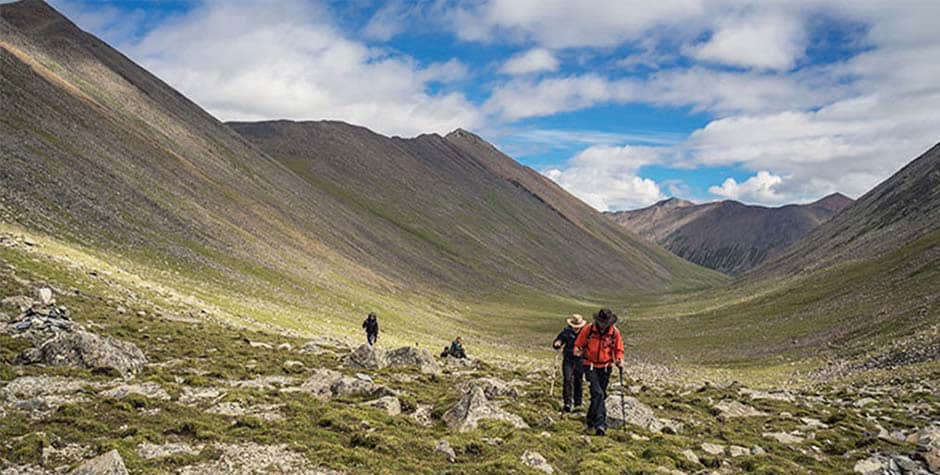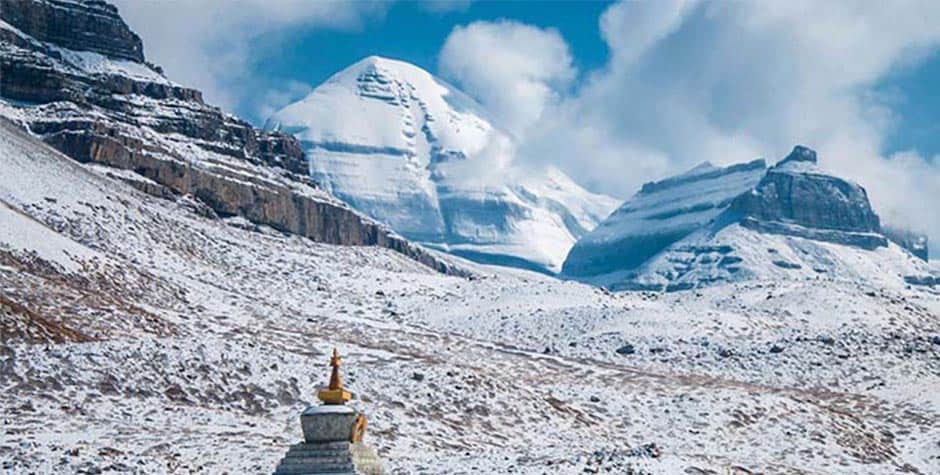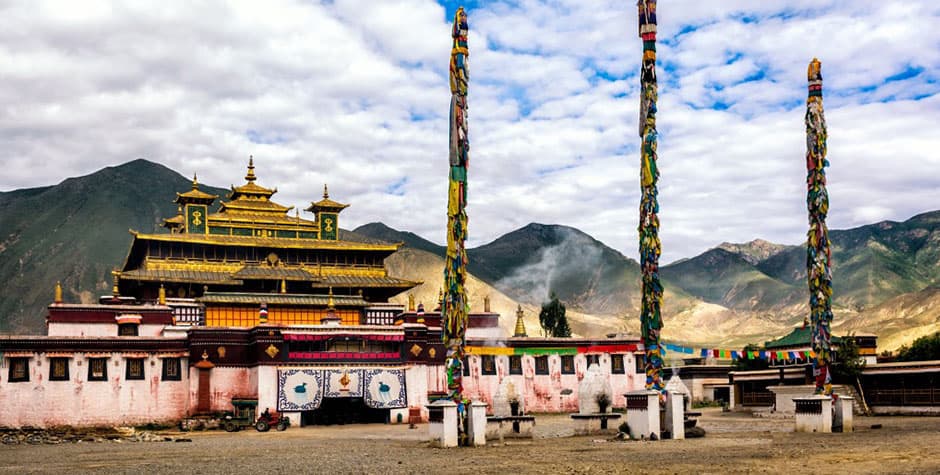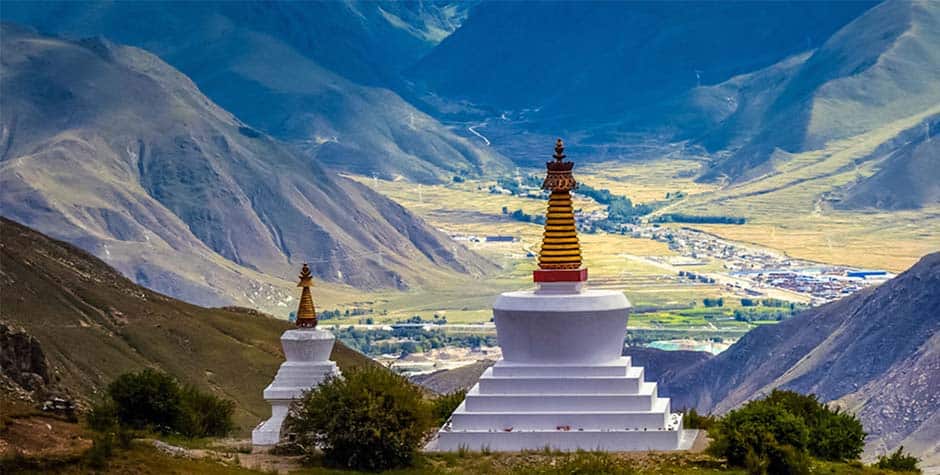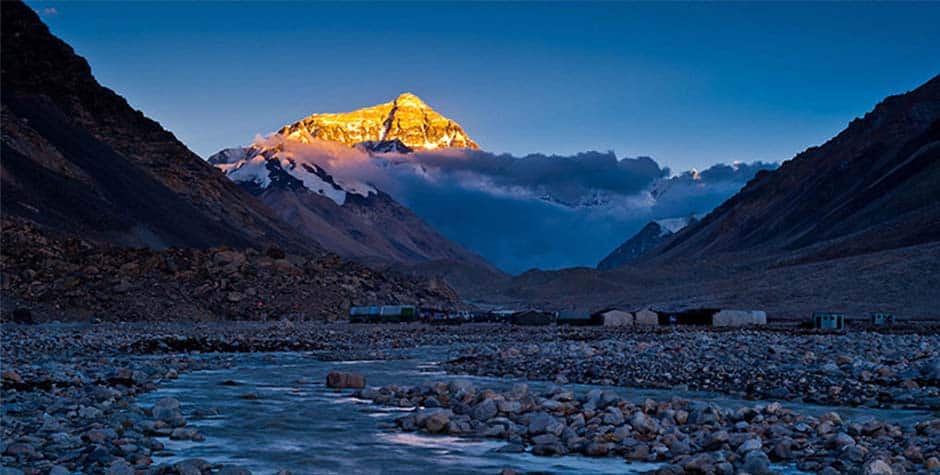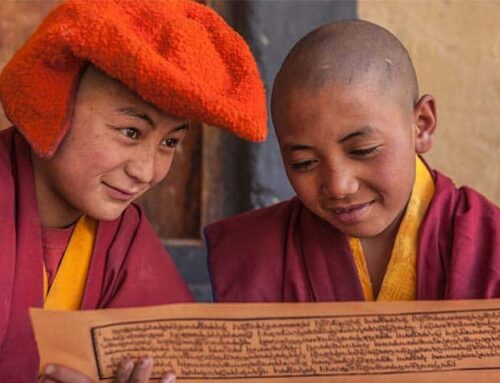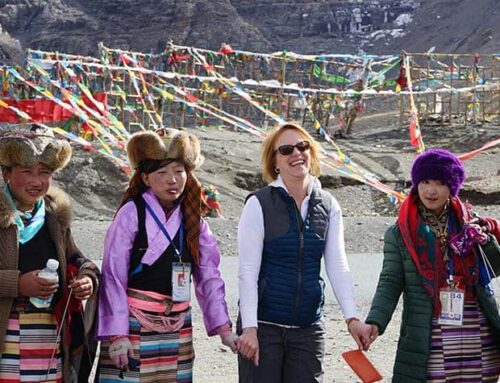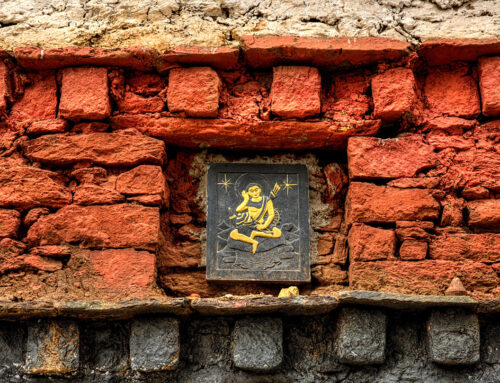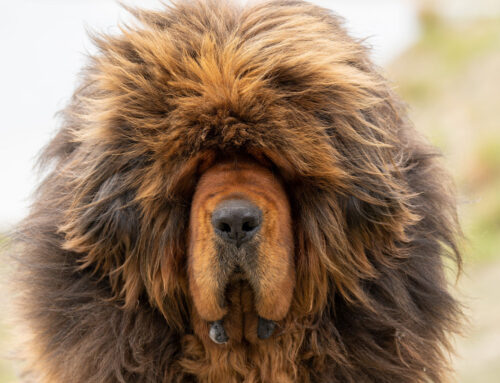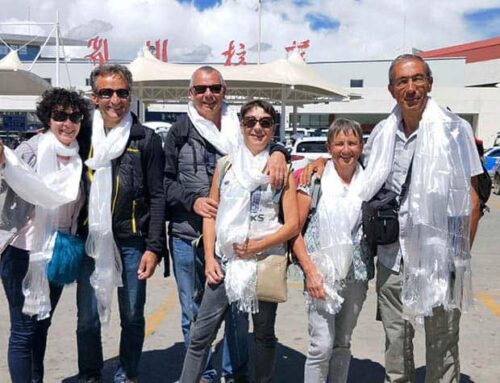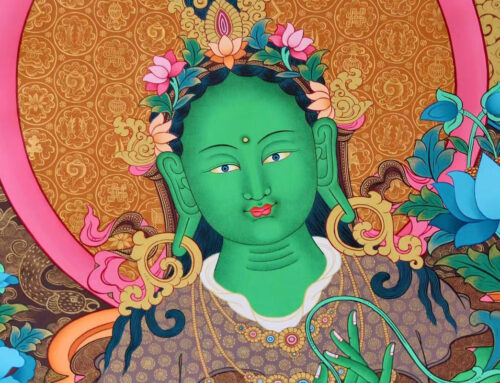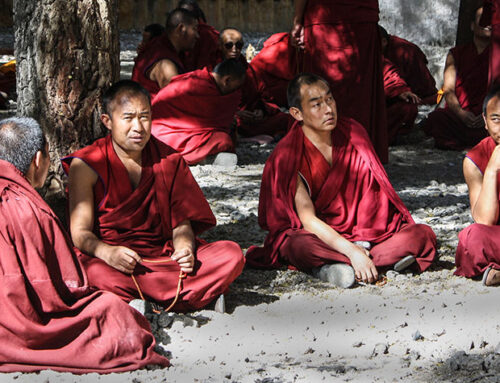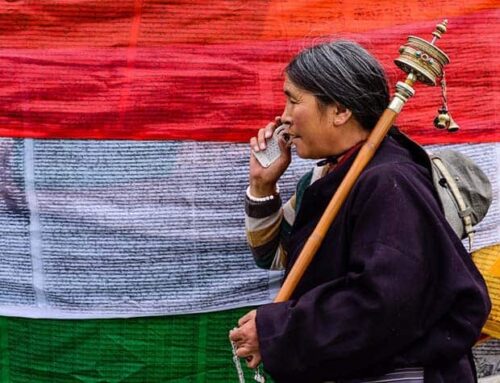Thangka paintings are traditionally not valued for their artistic beauty, but their primary use is to aid in meditational practices. Practitioners use thangkas to generate a clear visualization of a specific deity, increase their concentration, and form the link between themselves and the deity.
History of Thangka paintings
Historically, thangkas have also been use as teaching tools. The Teacher, also known as Lama Mani, would travel to teach on Dharma and the lives of great masters. He would carry a large Thangka scroll to illustrate the stories and teachings.
Thangka painting originated in Nepal in the 7th century. Today, it has evolved into many different schools of painting. The most popular schools are the Menri and Karma Kardee.
Sources of the Images of Deities in Thangka
The Images of Deities painted in thangkas usually depict visions that appeared to the great master at the moment of realization, which are then recorded in the Buddhist scripture. The proportions are considered sacred as they are the exact representation of the deities and the visual expression of the spiritual realizations that happened at the time of the vision. Therefore, a Thangka painting represents a multidimensional spiritual reality. Practitioners use it as a road map to guide them to the master’s original insight. So, it must be accurate, and the artist must make sure it is correct to be considered genuine or used for meditation and guiding one to the proper path.
As Thangkas are carefully painted from a blueprint drawing and not the products of the artist’s imagination, the role of the artist is different from an artist’s role you may have in the West. The part of the artist in Thangka painting is that of the medium. He must train for many years to perfect the guidelines to ensure the truth remains intact.
The Process of Thangka Painting
Preparing Canvas
In Thangka paintings, a canvas is first sewn onto a specific wooden frame. Then, a mixture of base pigment is apply and smooth until the cloth’s texture is no longer visible. The outline of the figures is sketch with a pencil on the canvas with the help of iconographic grids and later drawn with black ink.
Coloring
We use minerals for the colouring. Mineral composite is crushed into powder and mix with adhesive and water to create paint. Many of the elements used are precious, making Tibetan thangkas expensive.
The artist adds pure gold paint at the end of painting process. Traditionally, Painting are frame in a brocade border with silk.
These days, genuine thangkas are more expensive due to the time it takes to create the painting properly. However, your guide and we ( Your Tibetan-owned Travel agency in Tibet) can help you find the place to buy authentic work during your Tibet travel. We can create a custom-made Tibet tour plan for you to meet and train with a Tibetan master to learn how to draw the eyes and hands of Buddhas.
Spiritual Merit in Commissioning a Thangka
Commissioning a thangka is consider a means of generating spiritual Merit. Many times, if a person is facing hardship, he would consult the Lama and, as a remedy, recommend commissioning a thangka of a particular deity. Commissioning a thangka is commonly practise in our after-death rituals. The family has to make a thangka of a specific deity for the decease to help guide him to the next life in the stage of Bardo.
Guide in Purchasing Thangka in Tibet
Buying a Thangka as a souvenir from Tibet is a great choice. However, travelers must be very careful when purchasing one, as there are three levels.
- First and highest levels of thangka are painted in traditional stone colors. The cost of each is thousands of dollars. Yet buyers are recommended to find authentic dealers to get a genuine one, as there are many fakes.
- Sseconds levels are painted in synthetic colors. The cost of each would be within 500 USD range. Yet please be cautious as they could be many printed thangkas in the market.
- The last level are imported from Nepal. The cost of each would be around 100- 200 USD range. When you are in Tibet, we would like to recommend you to purchase from Tibetan aritisain to support them
When you are in Lhasa, Go the Tengyaling, on the Tengyaling road there are plenty of Thangka Studio. You can visit those studio, talk with artist, and check to see if you would like to purchase from them.
You can choose to ask your tour guide and Travel agency in Lhasa to help you in purchasing Thangka in Tibet.
Tenzin Travel is one of Tibet’s most experienced tour operators, with over 20 years in the industry. Founded by a local Tibetan family with decades of expertise as guides, managers, and route planners, we craft personalized itineraries for every traveler.
Our Lhasa office is just steps from Barkhor Square, and our all-Tibetan team ensures deep cultural, linguistic, and religious insights, setting us apart from other agencies.
Beyond tourism, we support Tibetan communities by donating a portion of each tour to local projects. Your travel to Tibet is about more than profit—it’s about opportunity for us to give back.

